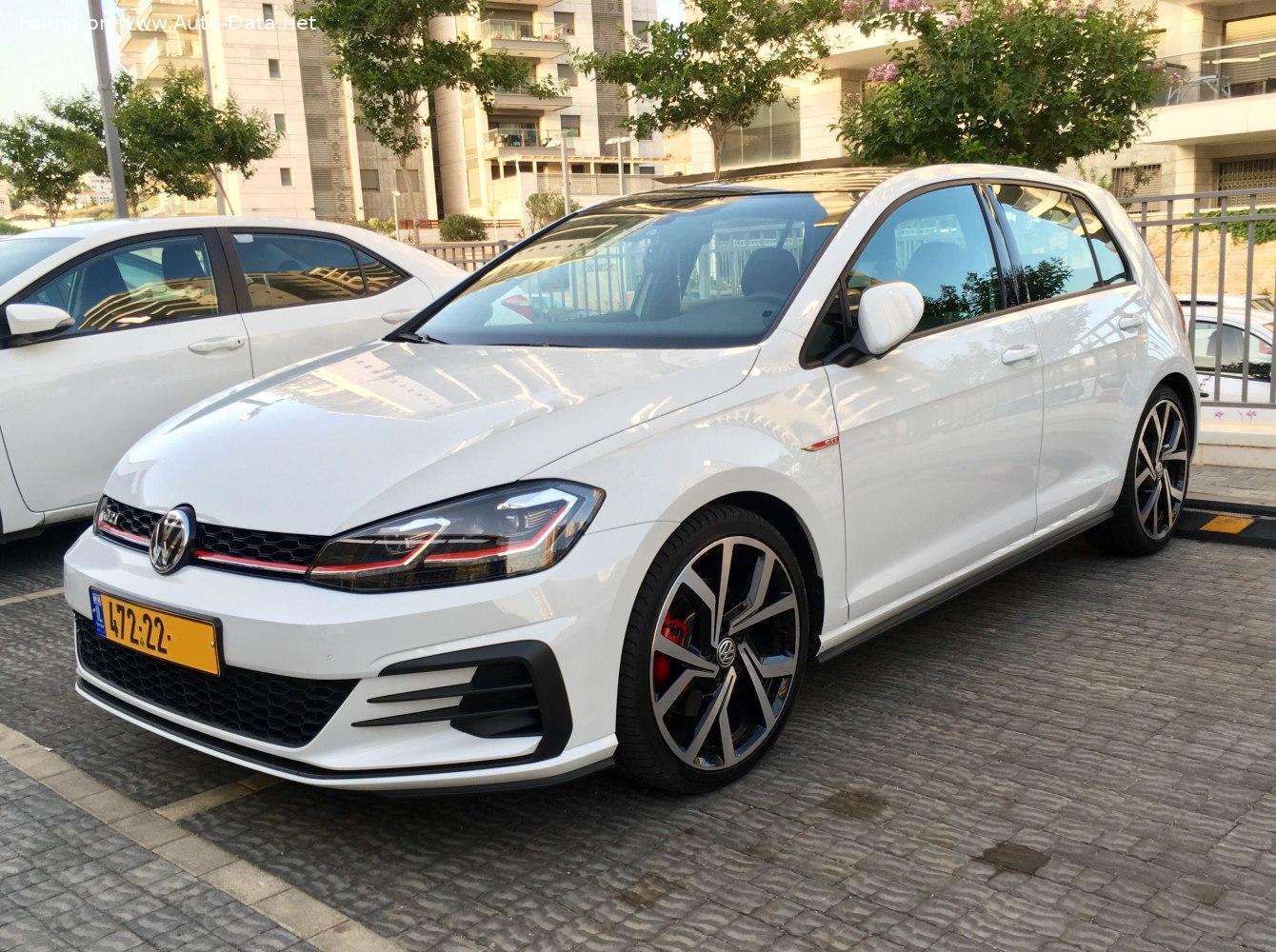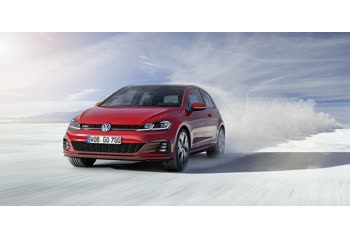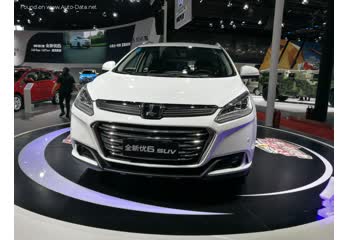Everything you need to know about specifications and performance - Volkswagen Golf 2017 - R 2.0 TSI (292 Hp) 4MOTION DSG

Overview:
What is the engine capacity of a Volkswagen Golf 2017?
The engine capacity of the Volkswagen Golf 2017 is 1984 cm.
Volkswagen Golf 2017 How many horsepower?
The engine power of the Volkswagen Golf 2017 is Internal Combustion engine.
What is the Volkswagen Golf 2017 engine?
Volkswagen Golf 2017 engine is EA888 / DJJA. (Click to see other cars using the same engine)
How much gasoline does a Volkswagen Golf 2017 consume?
The Volkswagen Golf 2017 consumes 9 liters of gasoline per 100 km
General:
Brand: Volkswagen
Model: Golf
Generation: Golf VII (5-door, facelift 2017)
Modification (Engine): R 2.0 TSI (292 Hp) 4MOTION DSG
Start of production: November, 2017
End of production: September, 2018
Powertrain Architecture: Internal Combustion Engine
Body type:Hatchback
Seats: 5
Doors: 5
Engine:
Engine systems: Start & Stop System
Power: Internal Combustion Engine
Power per litre: 147.2 hp/l
Torque: 380 nm @ 1800-5500 rpm.
Engine Model/Code:EA888 / DJJA
Engine displacement: 1984 cm
Number of cylinders: 4
Engine configuration: Inline
Number of valves per cylinder: 4
Fuel injection system: Direct injection
Engine aspiration: Turbocharger, Intercooler
Valvetrain: DOHC
Engine oil capacity: 5.7 l
Coolant: 10 l
Engine layout: Front, Transverse
Cylinder Bore: 82.5 mm
Piston Stroke: 92.8 mm
Compression ratio: 9.6:1
Performance:
Fuel Type: Petrol (Gasoline)
Fuel consumption (economy) - urban: 10.2 l/100 km
Fuel consumption (economy) - extra urban: 7.8 l/100 km
Fuel consumption (economy) - urban (EPA): 10.2 l/100 km
Fuel consumption (economy) - extra urban (EPA): 7.8 l/100 km
Fuel consumption (economy) - combined (EPA): 9 l/100 km
Fuel consumption (economy) - combined: 9 l/100 km
Weight-to-power ratio: 5.2 kg/Hp, 190.8 Hp/tonne
Weight-to-torque ratio: 4 kg/Nm, 248.4 Nm/tonne
Space:
Kerb Weight: 1530 kg
Max. weight: 2020 kg
Max load: 490 kg
Trunk (boot) space - maximum: 1233 l
Trunk (boot) space - minimum: 343 l
Fuel tank capacity: 55 l
dimensions:
Length: 4276 mm
Width: 1799 mm
Height: 1436 mm
wheelbase: 2630 mm
Width including mirrors: 2027 mm
Front track: 1541 mm
Rear (Back) track: 1515 mm
Ride height (ground clearance): 122 mm
Minimum turning circle (turning diameter): 10.9 m
Powertrain, Suspension and Brakes:
Drivetrain Architecture: The Internal combustion Engine (ICE) drives the front wheels permanently, and the rear wheels are driven through an electrically or mechanically operated clutch if necessary.
Drive wheel: All wheel drive (4x4)
Number of gears and type of gearbox: 7 gears, automatic transmission DSG
Front brakes: Ventilated discs, 340x30 mm
Rear brakes: Ventilated discs, 310x23 mm
Assisting systems: ABS (Anti-lock braking system)
Steering type: Steering rack and pinion
Power steering: Electric Steering
Tires size: 225/40 R18; 235/35 R19
Wheel rims size: 7.5J x 18; 8J x 19
Front suspension: Independent, type McPherson with coil Spring and anti-roll bar
Rear suspension: Independent multi-link Spring suspension with stabilizer
See also

Other generation.
Its production began in 2017 until 2019

Same production year and almost the same engine capacity.
Its production began in 2017 until Now

Same production year and almost the same engine capacity.
Its production began in 2017 until 2019
Write a comment